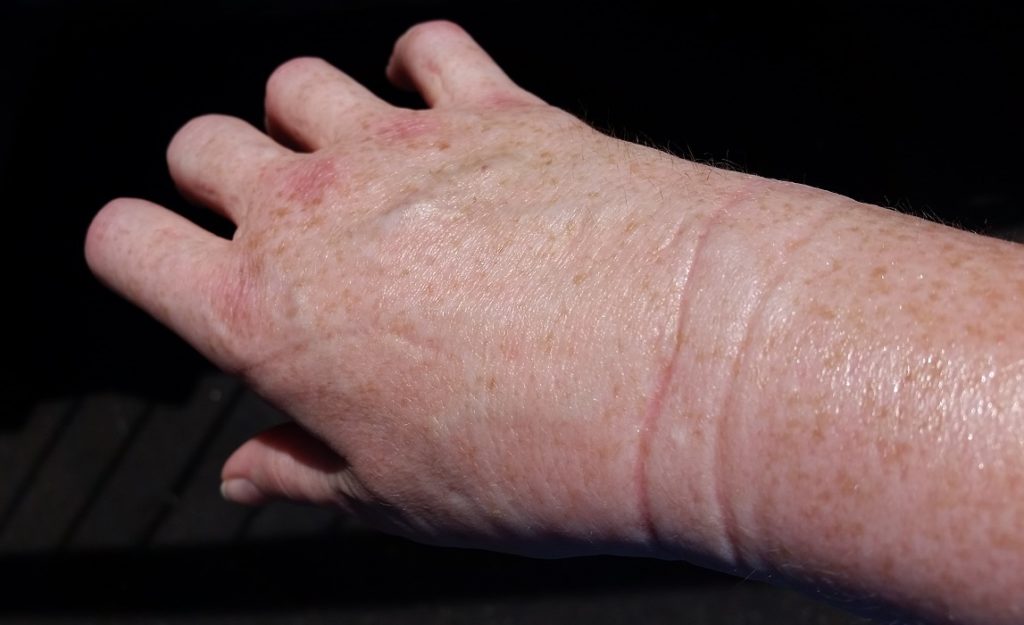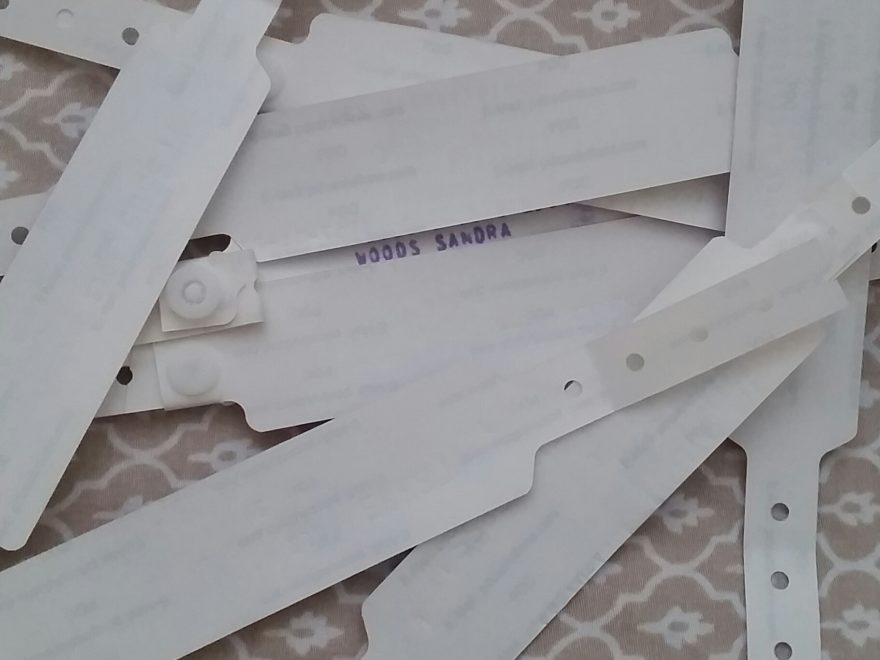A few days ago, my rare disease patient journey took a strange turn. I was told that the hospital, at which I’d been treated for almost three months on an out-patient basis, couldn’t continue to treat me.
Not because my disease was cured; I still have active Complex Regional Pain Syndrome (CRPS), also called Reflex Sympathetic Dystrophy or RSD. Rather because there was nothing else that this community hospital could offer me as treatment for my rare disease. So they were releasing me from their follow-up care.
At that appointment I had to almost beg that doctor for a referral to someone – anyone! – who could help me. He finally referred me to a chronic pain clinic at a large university health centre.
This being Canada – where healthcare seems to run on fax machines (read more on that here) – I then had to fax the carbon paper-type referral form to the second hospital.
I sent that fax off on August 19th, so now I’m waiting to hear from the second hospital. I still have a rare disease, but am now in limbo. I have no one treating my CRPS, no medical follow-up, and no treatment or medication plan. This is beyond the scope of my family physician.
So now I’m waiting and wondering; will they accept me as a patient at this new hospital? Will they be able to help me? What will happen to me? Will I be able to keep working, despite the CRPS? So many questions swirling around in my mind…
And I’ve realized how easy it is for patients to find themselves without hope, in situations like this.
My husband has been my lifeline through the original injury, almost three months of mis-/missed diagnosis, and then a flurry of day-surgery procedures within a very short period.
From being told that there was nothing wrong with me (“Stop exaggerating, madam, you’re not a child”, said to me in French by an orthopedic nurse, even though I speak English), to finding myself unexpectedly in the operating room just a few minutes after my diagnosis was confirmed; he has been my island of calm, love, and support – in a sea of fear, pain, and uncertainty.
And my wonderful friends – particularly Fee – have been their usual caring and supportive selves. CRPS is considered to be an ‘invisible disease’, because most of the time you can’t see anything wrong; there are symptoms, but not usually clinical signs (for the difference between the two, read Sign or symptom.)

But none of my friends ever doubted that something was wrong, even when they couldn’t see it. Unlike many of my colleagues, at the firm at which I was working when the signs and symptoms first presented; not where I’m working now.)
None of my friends ever suggested that I was exaggerating, or that I was complaining for no reason. I’m truly lucky to have such a strong support network, and am sending heartfelt thanks to each of you – you know who you are ‘-)
But so many patients are alone, or isolated, and have to deal with all of the uncertainty and anguish of these types of situations by themselves. With no one to talk to, no support. It’s no wonder that researchers have found links between depression and both chronic illnesses and chronic pain.
If you know anyone who’s suffering from any form of chronic illness & is alone, take a second to reach out to them – right now! – to let them know that you’re thinking of them.
Those of us who have good social support systems often underestimate the power of contact (a simple email, text message, social media post, or phone call) for those who are suffering – and also feeling alone or isolated.
So this post comes with some homework; please reach out to someone you know, who’s alone and dealing with a chronic condition, just to say Hello. It might make all the difference in someone’s day.
Thank you! ‘-)


